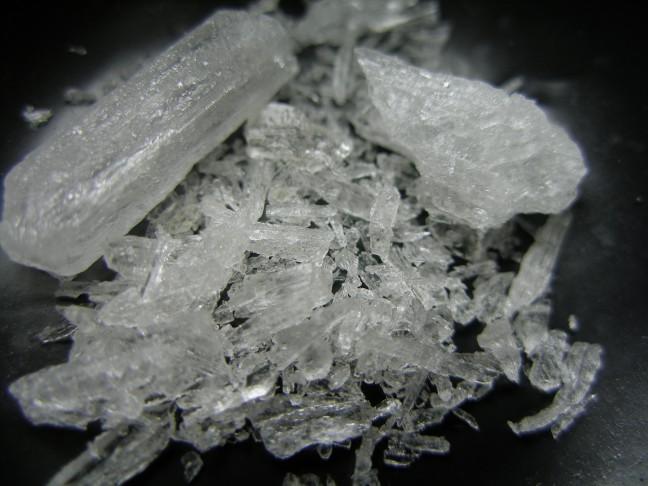High population density and access to heroin and cocaine from Chicago keep the use of methamphetamine in southern Wisconsin less common than in other parts of the state, but incidents involving the highly addictive drug still pose a serious challenge to citizens and law enforcement.
While use of meth remains rare in Dane County compared to parts of northern and northwestern Wisconsin, Madison Police Department Lt. Jason Freedman said he has seen “an upkick” in the past year.
In 2013, Dane County and Milwaukee County both reported three cases of discovered meth labs. For comparison, several counties in northern Wisconsin reported over 30 cases, and Polk County reported 72.
“I see more reports of suspected or actual arrests of meth, but we’re just talking going from one handful to maybe two handfuls, so it is still a very small number,” Freedman, who has been on the Dane County Narcotics Task Force for five years, said.
According to a report by the Wisconsin Department of Justice, both Milwaukee County and Dane County reported more meth labs than counties in their immediate surroundings. Waukesha, Racine and Jefferson Counties reported no meth lab cases in 2013 and Rock and Green Counties both reported only one.
Freedman said there are multiple reasons for the disparities in meth use between Wisconsin’s counties. Demographics and location both play a big role, he said.
“We’re on a major corridor linking us with Chicago and Chicago is home to heroin and cocaine. Part of it is supply of what’s available and heroin and cocaine seem to be working, whereas up north the supply chain is longer and less secure,” Freedman said.
Freedman said heroin use, which is much more readily available due to Madison’s proximity to Chicago, has likely been keeping meth at bay. Additionally, Freedman said high population density in places like Madison and Milwaukee make it harder to conceal meth labs, which require space and are often odorous and easy to spot.
Freedman said historically meth comes from Mexico or is made in the local area, so in an urban region like Dane County, meth is harder to obtain, especially when most drugs are coming in through Chicago.
According to Freedman, a significant increase in meth, which is highly addictive, use and production would be a “very bad thing” for Dane County.
“It would pose a huge challenge to people, both citizens and law enforcement, in Dane County,” Freedman said. “Meth tends to be extraordinarily addictive, creates extremely violent and paranoid type behavior and drives lots of violent and property crimes.”
According to Department of Justice reports, between 2010 and 2012, meth lab incidents had spread to five new Wisconsin counties. This increase occurred along with a large increase in the total number of cases in the state.
Freedman said meth use in Dane County is consistent with this state-wide trend. Meth use in Milwaukee County seems to be increasing at a similar rate, according to the DOJ reports.
An officer with Milwaukee High Intensity Drug Trafficking Area (HIDTA) program declined to comment on methamphetamine use in Milwaukee County.













